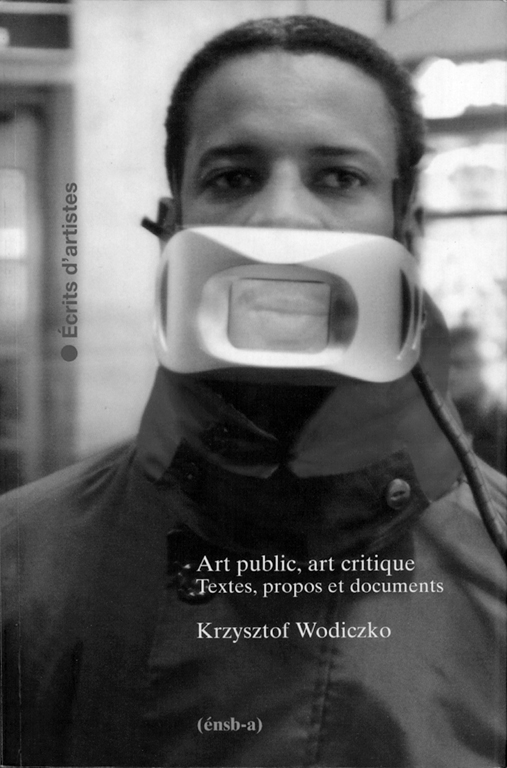[Spring 1996]
Compiled by Marie-Anne Sichère, translated from English by Michelle Herpe-Voslinsky and from Polish by Wojciech Kolecki.
École nationale supérieure des Beaux-Arts, Paris, 1995, 342 pp., 140 ill.
This newly edited publication in the “Écrits d’artistes” series makes available a number of translated articles and statements written by the artist Krzysztof Wodiczko. The opening essay, which lists a chronology of avant-garde art practices in the twentieth century, would seem to function as an epigraph, contextualizing Wodiczko’s work within a history of politically engaged art. This is followed by an extensive presentation of documents, statements, and illustrations of works. Although the organization of the text favours a historicized reading of the artist’s œuvre, the material itself extends toward the field of critical public art, its strategies, and the communicational environment we call public space.
One of the premises of Wodiczko’s aesthetic project is that public space is not a given, but a cultural practice; like democracy and freedom, it must be created and continuously renewed. In maintaining a critical relationship with the urban environment, the artist seeks actively to produce conditions of communication that strengthen community. His desire to animate the public sphere is made manifest in his artworks, which fall into three main categories: projections, vehicles, and instruments.
While covering Wodiczko’s early work in Poland, his better-known public projections, and Homeless Vehicles, this new publication provides documentation concerning his “instruments” for foreigners: Alien Staff (1992) and Porte-parole (1994). Both of these devices allow users to carry video displays of themselves narrating personal information. In the context of an interactive performance with the public, the stranger – made familiar through the equipment – breaks through the silence of anonymity. The peculiar space created by the exchange between participant, viewer, and mediated image reveals the limits of representation.
A series of interviews with the artist complete the book, adding a certain amount of complexity to the published documents.

